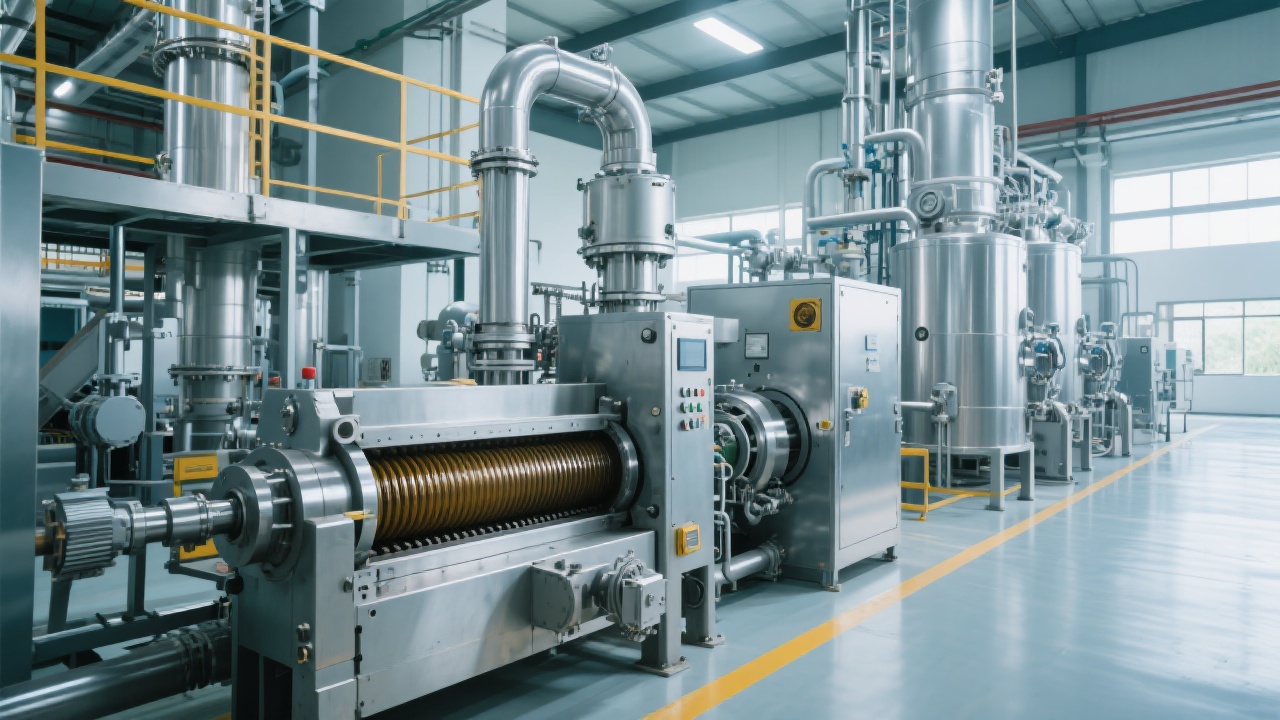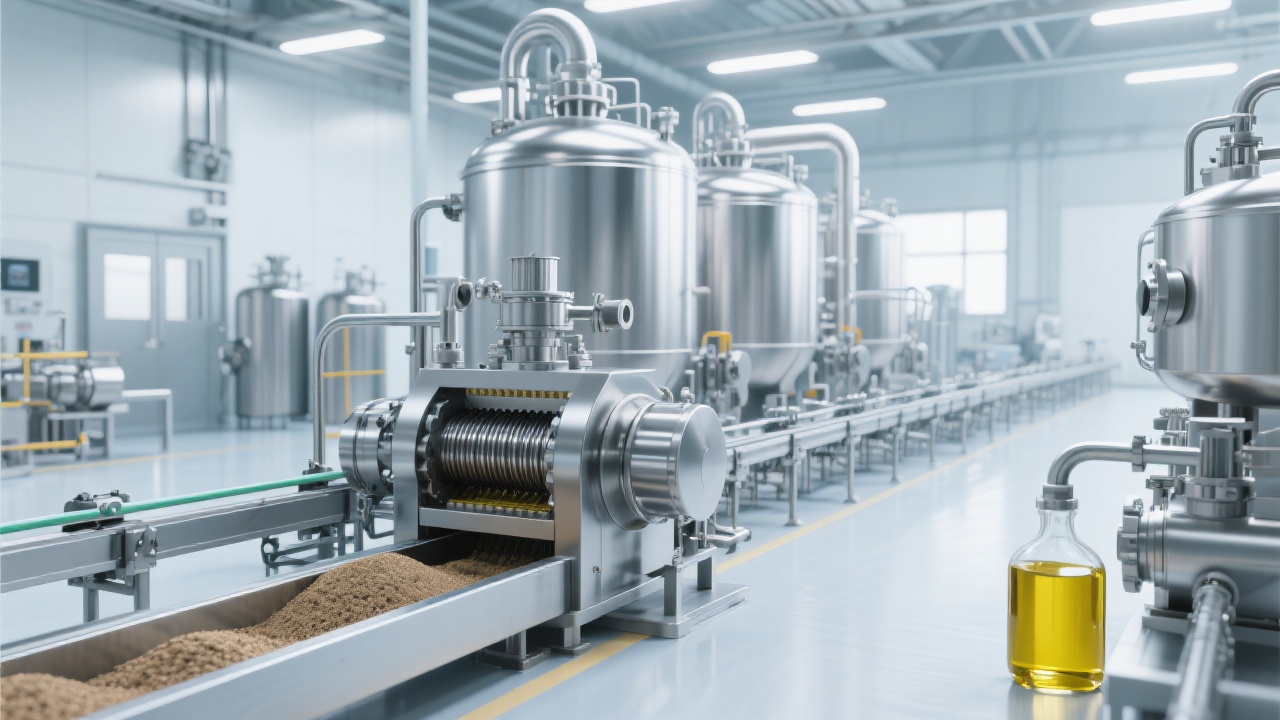
In the realm of food processing, the decolorization of rice bran oil is a critical step that significantly impacts the quality and marketability of the final product. This article delves into the optimization methods for the rice bran oil decolorization process, focusing on the characteristics of different types of adsorbents and their usage conditions, along with recommendations for equipment configuration.
There are several types of adsorbents commonly used in rice bran oil decolorization, such as activated clay, activated carbon, and silica gel. Each type has its own unique properties and performance. Activated clay, for example, is known for its high adsorption capacity and relatively low cost. It can effectively remove pigments, free fatty acids, and some impurities from rice bran oil. Activated carbon, on the other hand, has a large specific surface area and strong adsorption ability, especially for removing colored substances and odorous compounds. Silica gel is often used in combination with other adsorbents to improve the overall decolorization effect.

A comparison of the performance of these adsorbents is presented in the following table:
| Adsorbent Type | Adsorption Capacity | Cost | Applicability |
|---|---|---|---|
| Activated Clay | High | Low | General pigments and impurities |
| Activated Carbon | Very High | High | Colored substances and odorous compounds |
| Silica Gel | Moderate | Moderate | Used in combination with others |
Several key parameters have a significant impact on the decolorization effect of rice bran oil. These include the amount of adsorbent used, temperature, time, and the regeneration cycle of the adsorbent.
The amount of adsorbent used is a crucial factor. Generally, increasing the amount of adsorbent can improve the decolorization effect, but it also increases the cost. A proper balance needs to be found based on the quality of the raw rice bran oil and the desired final product quality. For example, in some cases, using 2% - 5% of activated clay by weight of the oil can achieve good decolorization results.
Temperature also plays an important role. Higher temperatures can accelerate the adsorption process, but excessive temperatures may cause the degradation of some components in the oil. The optimal temperature for decolorization usually ranges from 90°C to 110°C.
The contact time between the adsorbent and the oil is another key parameter. A longer contact time allows for more complete adsorption, but it also increases the processing time and energy consumption. Usually, a contact time of 20 - 30 minutes is sufficient for most decolorization processes.
The regeneration cycle of the adsorbent affects both the cost and the decolorization efficiency. Regular regeneration of the adsorbent can maintain its adsorption performance and reduce the overall cost. The regeneration cycle depends on the type of adsorbent and the operating conditions, typically ranging from several days to a few weeks.
Proper equipment configuration is essential for the efficient and stable operation of the decolorization process. When selecting decolorization equipment, factors such as capacity, efficiency, and ease of maintenance should be considered. For small - scale food processing enterprises, batch - type decolorization equipment may be a suitable choice, while large - scale enterprises may prefer continuous - flow decolorization equipment.

In addition to equipment selection, the layout of the equipment in the production line also needs to be optimized. A well - designed layout can improve the flow of materials, reduce energy consumption, and enhance the overall efficiency of the decolorization process.
To illustrate the practical application of the decolorization process, this article includes industry case analysis. For example, a certain food processing enterprise improved the color purity of its rice bran oil from 80% to 95% by optimizing the adsorbent type and usage conditions, along with proper equipment configuration. At the same time, common faults that may occur during the decolorization process, such as clogging of the adsorbent bed and poor decolorization effect, are also analyzed, and corresponding fault - handling strategies are provided.
In conclusion, by carefully selecting the adsorbent type, adjusting the key parameters, and optimizing the equipment configuration, food processing enterprises can significantly improve the decolorization effect of rice bran oil, enhance the product quality, and increase the overall economic efficiency of the production line. If you are looking for professional guidance and solutions to optimize your rice bran oil decolorization process, click here to learn more.

